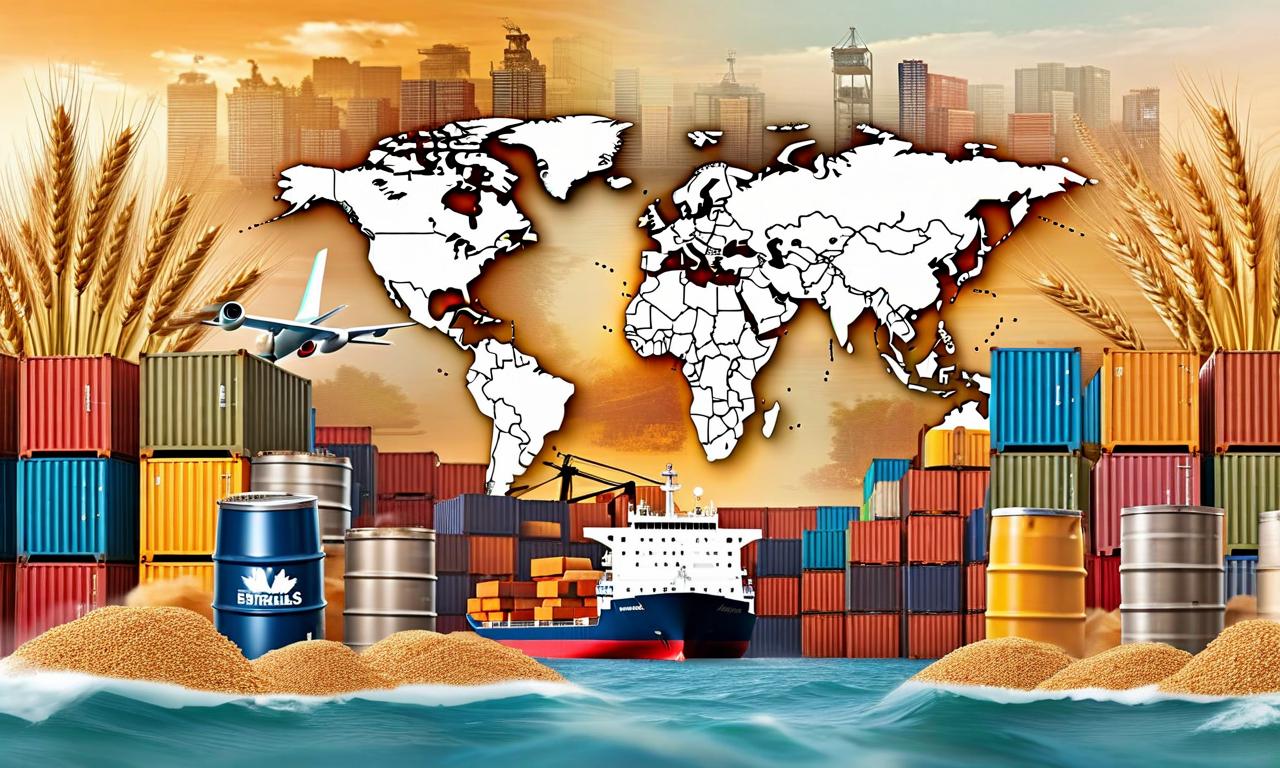Canada Aims to Double Non-US Exports Amid Trade Tensions
Prime Minister Mark Carney announced a plan to double Canada's non-US exports over the next decade. The strategy aims to reduce economic vulnerabilities stemming from close US ties, addressing concerns over American tariffs and investment uncertainty. Currently, over 75% of Canadian exports go to the US, with daily cross-border trade valued at nearly $3.6 billion CAD. The plan includes re-engaging with India and China, leveraging Canada's energy resources in new markets, and reviewing the US-Canada free trade deal in 2026.

*this image is generated using AI for illustrative purposes only.
Prime Minister Mark Carney has unveiled an ambitious plan for Canada to double its non-US exports over the next decade, citing growing concerns over American tariffs and investment uncertainty. This strategic shift comes as Canada grapples with the vulnerabilities created by its close economic ties with the United States.
Economic Vulnerabilities and Tariff Concerns
Carney highlighted that Canada's deep economic integration with the US has become a source of vulnerability, particularly for jobs in key sectors such as automotive, steel, and lumber. The Prime Minister noted that US tariffs have reached levels not seen since the Great Depression, signaling a potential shift in the decades-long process of closer economic integration between the two nations.
Current Trade Landscape
To illustrate the current trade dynamics, let's look at some key figures:
| Trade Metric | Value |
|---|---|
| Percentage of Canadian exports to US | Over 75% |
| Daily value of goods crossing US-Canada border | Nearly $3.6 billion CAD |
| US crude oil imports from Canada | 60% |
| US electricity imports from Canada | 85% |
Canada's Energy Resources
Carney emphasized Canada's significant energy resources, highlighting:
- World's third-largest oil reserves
- Fourth-largest natural gas reserves
- Major supplier of energy to the United States
Future Trade Strategy
To mitigate risks associated with over-reliance on the US market, Canada plans to:
- Re-engage with India and China as alternative trading partners
- Leverage its energy resources in new markets
- Review its free trade deal with the US, scheduled for 2026
Conclusion
As Canada navigates these changing economic tides, the success of its plan to diversify trade partnerships may be crucial in maintaining economic stability and growth. The coming years could see significant shifts in Canada's trade relationships and economic strategies as it works to reduce its dependence on the US market.


















